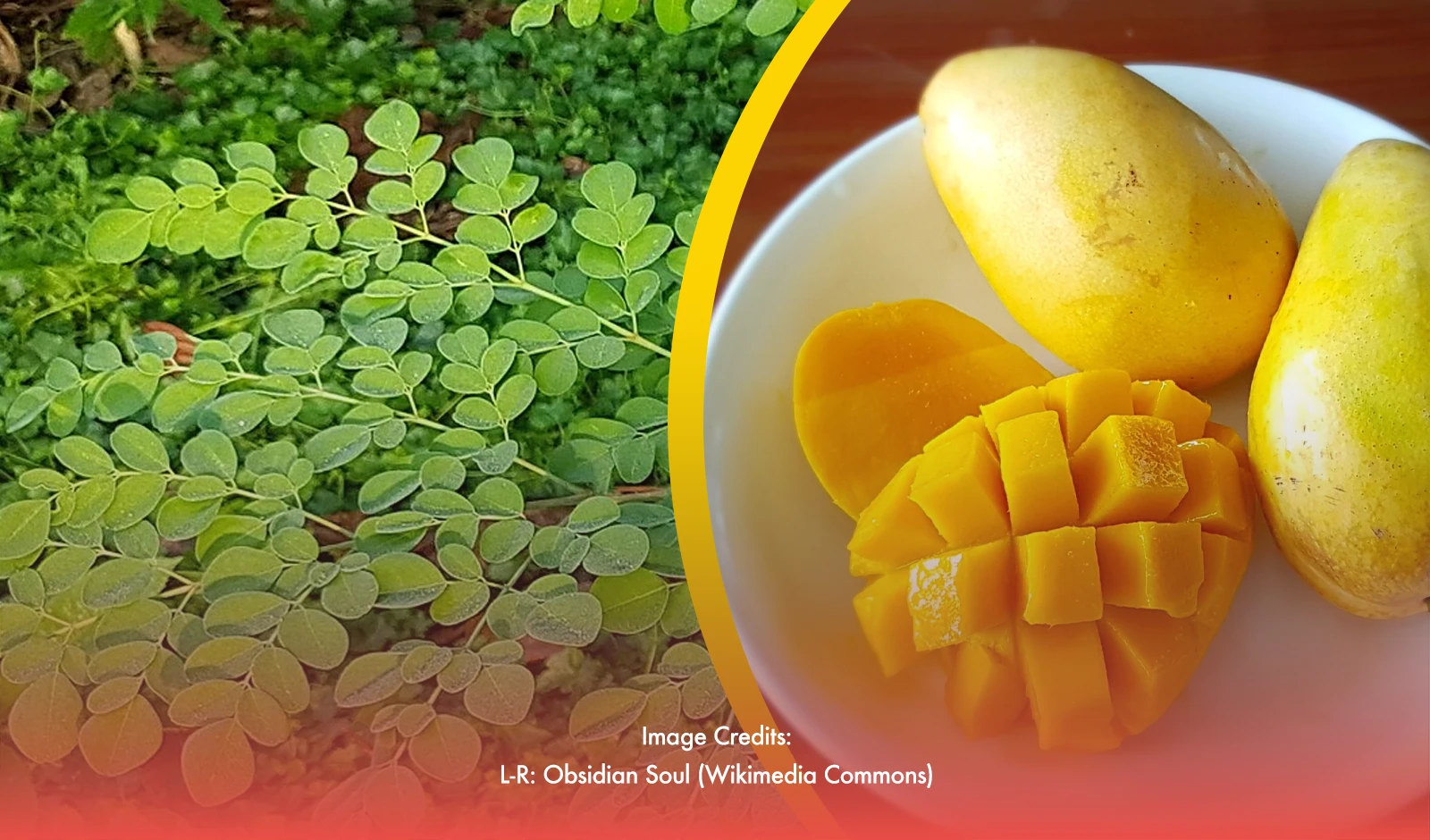Filipino cuisine is widely known for its bold flavors. Celebrity chef Gordon Ramsey even expressed deep admiration for our cooking, calling it the "Sleeping Beauty of Asia". Little does he know, however, that we rely too heavily on salt, oil, and sugar (ex. adobo).
Yes, these key ingredients make our dishes taste amazing and defines our culinary identity. But this diet is considered to be generally unhealthy - which is also emphasized because their saltiness pairs well with white rice.
Not only that, vegetable-focused dishes like 'laing', 'gising-gising', and 'chop suey' which should be healthier alternatives on theory, are also peppered with an abundance of unhealthy ingredients like soy sauce, fish sauce, and coconut milk. While a dish or two of these won't become a huge detriment to your health, eating them everyday - which is inevitable for the average Filipino - would be.
So, what is the average Filipino going to do?
RELATED: Lucky Me! Earns Spot On NYT Instant Noodles List
Superfoods, Assemble!
This is where "superfoods" come in. They are delicious, nutrient-rich ingredients that have been a huge part of traditional diets for generations until the rise of instant and processed food options. This goes to show that the unhealthy Pinoy diet is not a matter of inflexibility - but choice. Eating healthy doesn’t mean sacrificing tradition; it’s about making smarter choices with what is already available around us.
And through these superfoods, we can save the average Filipino from succumbing to the usual health risks that come with our unhealthy Pinoy diet (ex. cardiovascular diseases, diabetes) by providing a healthier alternative to certain key ingredients:
1. Adlai
Adlai is a fiber-rich grain that serves as an excellent alternative to rice. Unlike white rice, adlai has a lower glycemic index, providing long-lasting energy while helping regulate blood sugar levels. It is also packed with protein and essential minerals such as calcium and iron, making it a more nutrient-dense choice for daily meals.
2. Munggo
Mung beans, or 'munggo', are small but powerful legumes loaded with plant-based protein, fiber, and antioxidants. They support digestion, strengthen the immune system, and help maintain healthy cholesterol levels. Munggo is a staple in Filipino households, often served as a hearty stew with vegetables, making it an easy and familiar way to add nutrition to meals.
3. Malunggay
For those looking to enhance their diet with more vitamins and minerals, malunggay is one of the most nutrient-dense plants available. Also called moringa, it is packed with vitamins A, C, and E, along with iron and calcium. Its strong anti-inflammatory and antioxidant properties help boost immunity and support overall wellness. Malunggay leaves are commonly added to soups and stews, and they can also be blended into smoothies or dried and used as a tea.
4. Quinoa
Though originally from South America, quinoa is now being cultivated in the Philippines and is growing in popularity among health-conscious consumers. It is a gluten-free grain that contains all nine essential amino acids, making it a complete protein. High in fiber and rich in vitamins and minerals, quinoa is a great substitute for rice and pasta. It can be used in salads, grain bowls, or even as a side dish for classic Filipino viands.
5. Hemp Protein
A newer superfood is hemp protein, a plant-based source of protein that contains all essential amino acids. It is rich in omega-3 fatty acids and fiber, making it beneficial for heart health, digestion, and muscle recovery. Hemp protein is a great addition to smoothies, oatmeal, and even baked goods for an extra nutritional boost.








